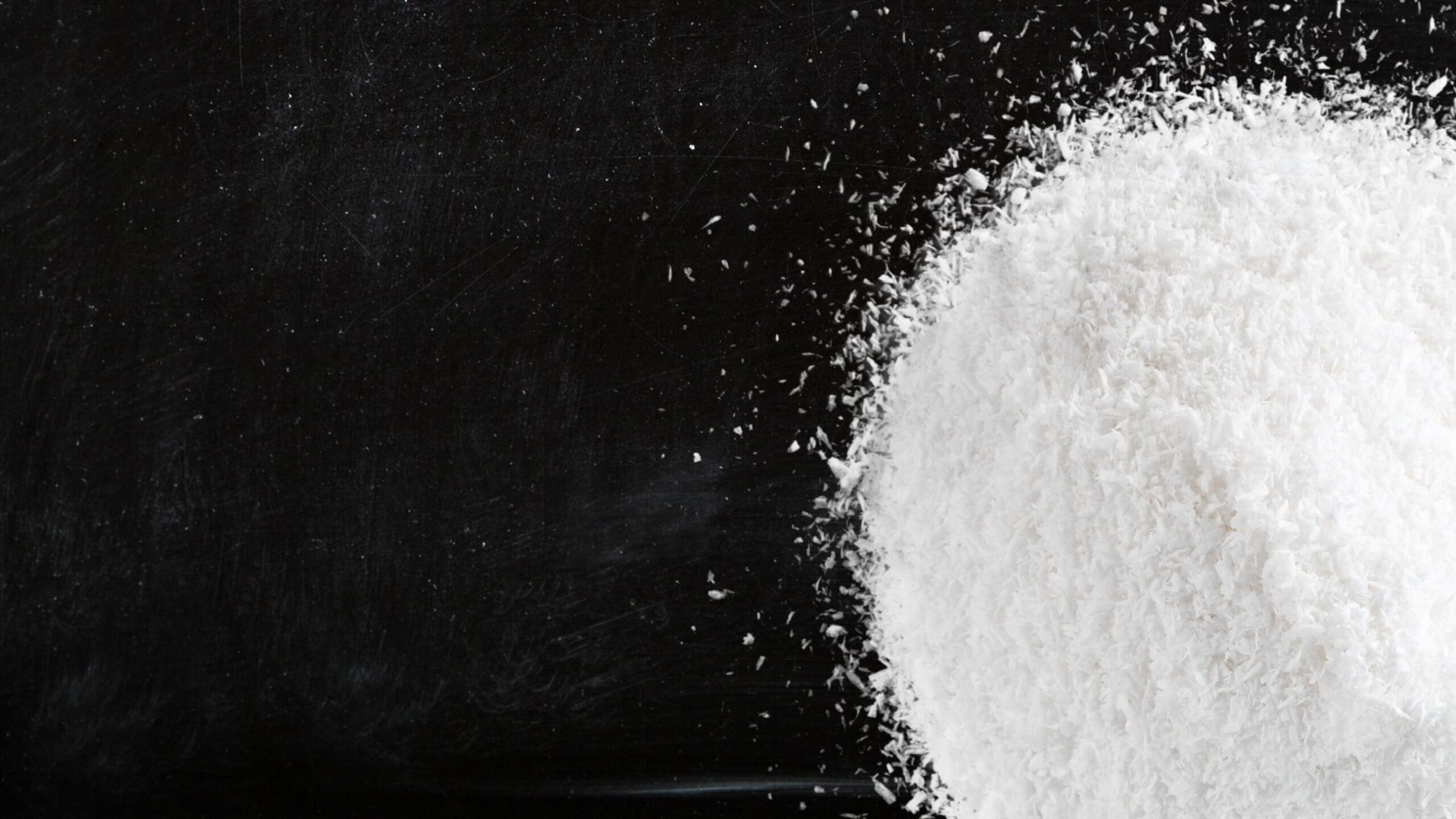On 15 August 2023, the UK Office for Product Safety and Standards (OPSS) launched two calls for data on cosmetic ingredients with suspected endocrine disrupting properties and cosmetic ingredients used as nanomaterials.
Ingredients to be evaluated in cosmetic products due to their suspected endocrine disrupting properties:
- Triclosan (CAS 3380-34-5)
- Triclocarban (CAS 101-20-2)
- 4-Methylbenzylidene camphor (4-MBC) (CAS 36861-47-9 / 38102-62-4)
- Salicylic Acid (CAS 69-72-7)
- Butylparaben (CAS 94-26-8)
- Methylparaben (CAS 99-76-3)
The deadline for submission of data is 15 December 2023.
Nanomaterials to be safety assessed in cosmetic products:
- Platinum
- Copper
- Silver
- Gold, colloidal gold, gold thioethylamino hyaluronic acid
- Silica, hydrated silica, silica silylate, silica dimethyl silylate
- Lithium magnesium sodium silicate
- Hydroxyapatite
The deadline for submission of data for silica, hydrated silica, silica silylate, and silica dimethyl silylate is 27 June 2025. For all other substances, the deadline is 22 December 2023.
References:
Office for Product Safety and Standards (OPSS) – Call for Data: Safety of Cosmetic Ingredients







